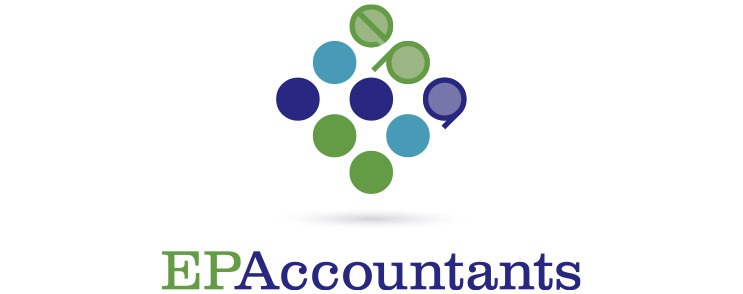One of the less well-known ways of paying your Self-Assessment tax bill is to do so through your tax code.
This can only be done where all the following apply:
- you owe a Self-Assessment balancing payment of less than £3,000;
- you already pay tax through PAYE, for example you’re an employee or you get a company pension
- you submitted your paper tax return by 31 October or your online tax return online by 30 December
The coding threshold also entitles taxpayers to have tax underpayments collected via their tax code, provided they are in employment or in receipt of a UK-based pension. The coding applies to certain debts such as Self-Assessment liabilities, tax credit overpayments and outstanding Class 2 NIC contributions. Instead of paying off debts in a lump sum, money is collected in equal monthly instalments over the tax year along with the usual deductions.
Source: HM Revenue & Customs Tue, 15 Feb 2022 00:00:00 +0100



